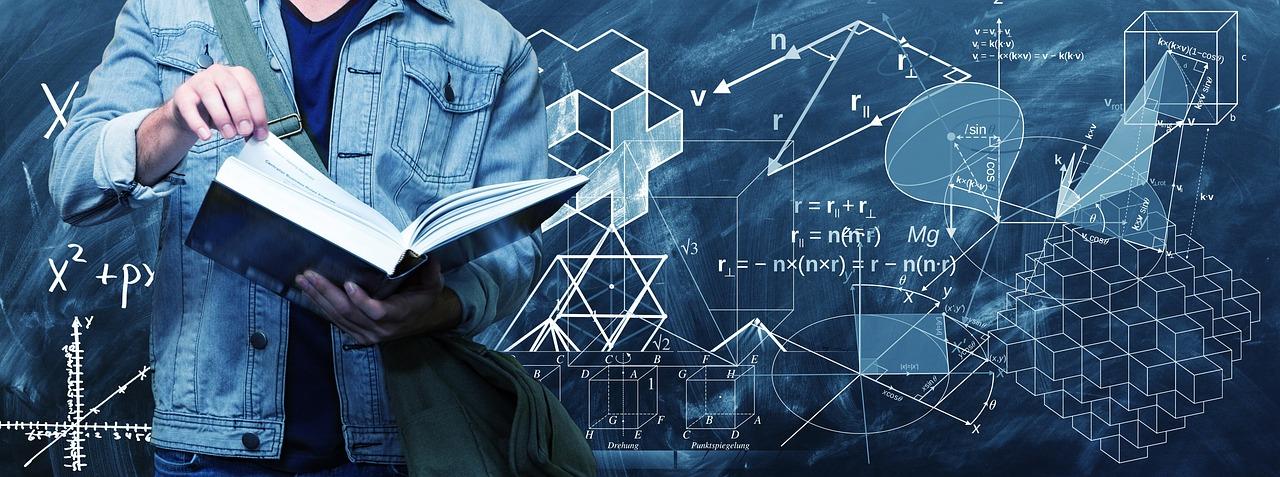
Art Fractals
by Alisson Suito
This lesson is based on the Fibonacci sequence. Overlapping concepts of pattern, repetition, structure, scale, proportions are considerations for constructing an artistic, math-based sculpture.
Objectives:
Engineer a successful structure that repeats a sequence present in the natural world (or geometry or algebra).
Calculate the correct proportional increase of the pattern.
Evaluate and select effective materials for a purpose.
Demonstrate artistic and technical skills when problem solving.
Present the project to your audience.
Lesson Plan Link/URL
https://docs.google.com/presentation/d/141YwPW6VQmGYK7dE0Wxid4Qdc1nTH_dA/edit?u…Subject Area
Engineering S2: Apply the Engineering Design Process S6: Apply Communications to Engineering Mathematics Geometry (G) Ratio and Proportion (RP) Algebra (A)
Featured
Off
Related Content

Grades:
8th Grade, 9th Grade, 10th Grade, 11th Grade, 12th Grade
A lesson designed for an engineering course but that can be used in a science course where we investigate the physics of waves and how it can be applied to the world of art. Students will design and

Grades:
Kindergarten, 1st Grade, 2nd Grade, 3rd Grade, 4th Grade, 5th Grade, 6th Grade, 7th Grade, 8th Grade, 9th Grade, 10th Grade, 11th Grade, 12th Grade
Button makers are great additions in the classroom! But first, students should learn the history of buttons, about the button machine and how to operate it. Challenge cards provided inspire students

Grades:
9th Grade, 10th Grade, 11th Grade, 12th Grade
This STEM Argumentative Research Project engages students in exploring the scientific, ethical, and societal implications of themes in Mary Shelley's "Frankenstein." Students will work in groups to